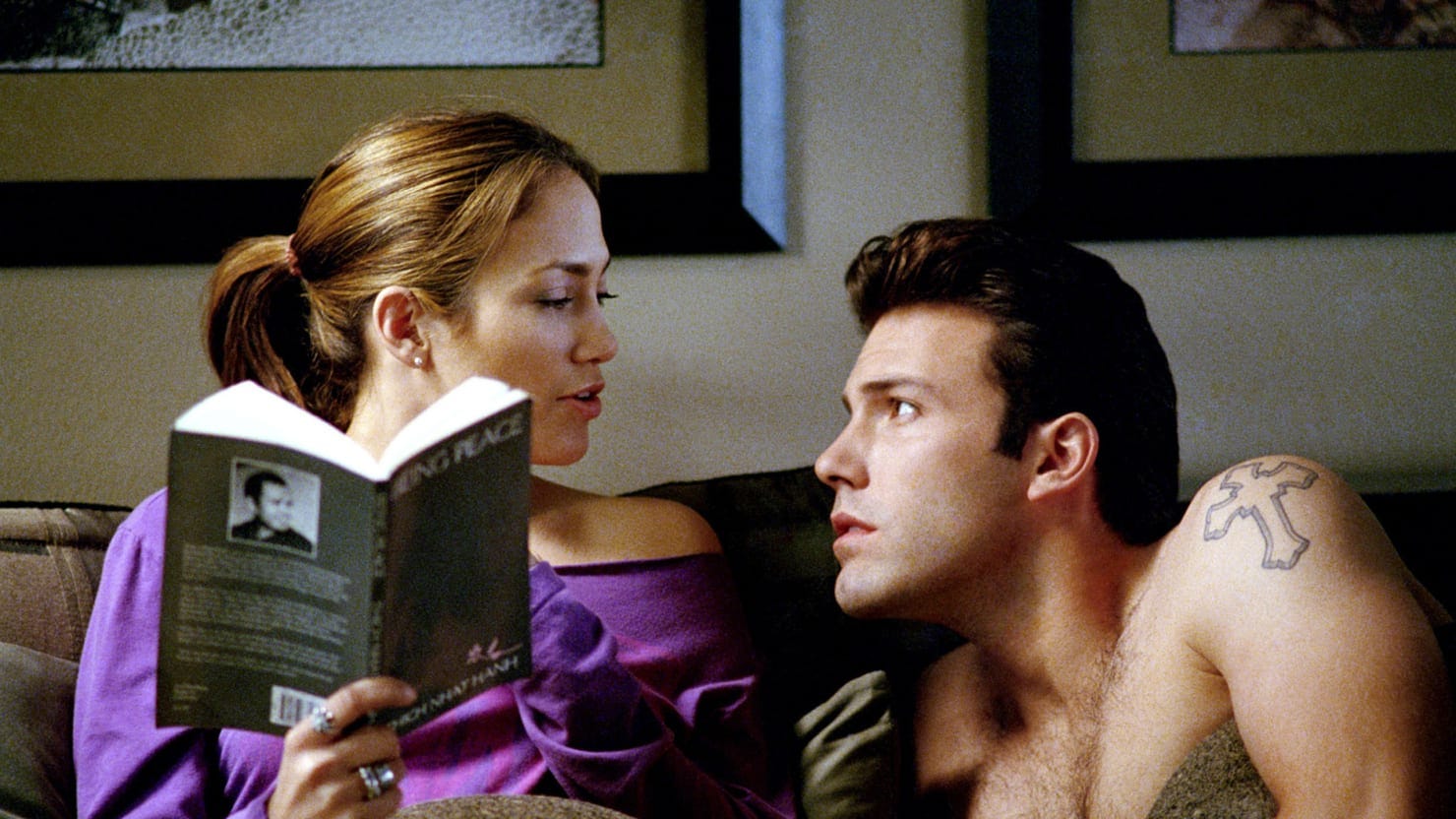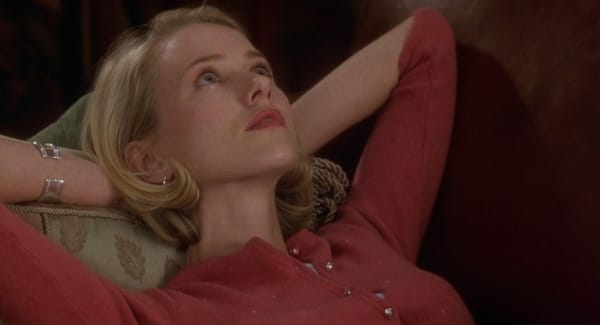The Faults in My Stars
The one-to-four-star rating system is a reader's delight and a critic's bane. Should it be junked? Discuss.


An old acquaintance and current Watch List subscriber writes: “Has the time come when we can let go of the *** out of **** thing? I love your writing, and I subscribe for your writing. I think the stars are tired … But then I’ve never been a fan of Rotten Tomatoes or Metascores [sic] … Maybe it’s just I’m getting old and cranky.”
Well, Joel, we’re all getting old and cranky – that’s life in general and life in the age of COVID/Trump/climate change specifically. But I hear you, and I want to hear what other readers think. (Comments are open to all today.) When I started this newsletter, I dispensed with ratings or grades, relieved to do without dingbats of any kind. After eleven years of handing out report-card grades at Entertainment Weekly and 19 years of attaching one to four stars (with ½-star increments) to every one of my Boston Globe reviews, it was liberating to imagine that subscribers might wish, as they do with reviews in The New York Times and The New Yorker, to weigh my criticism in toto and extract a nuanced value judgment from the analysis and arguments put forth.
Did I say it was liberating? It was delusional. In short order, I heard from early subscribers asking for a précis up top that might boil my 1,000 or so words down to a succinct capsule summary, along with some kind, any kind of rating system. Time is precious, life comes at us fast, and we all get too much stuff in our inboxes already. Trust me, I get it. And so a star ranking was born. (As well as the top-line “Nut Graf,” which I’ve let slide in recent weeks; tell me if you miss it.)

Because Substack doesn’t allow for in-line graphics, I’m stuck with ASCII asterisks, and I agree, they’re ugly. Should I switch to grades? Pilfered from People magazine by editor Jeff Jarvis when he started Entertainment Weekly in 1990, the A through F scale offers 12 gradations of quality: A, A-, B+, B, B-, and so on through to the fatal F. (Curiously, when I once pinned an A+ on a review of an Eels album – “Blinking Lights and Other Revelations,” and I stand by the assessment – I was told by an editor that that grade had never been used at the magazine and never would be used, as perfection simply does not exist, at least not in popular culture.)

When I came to the Globe in 2002, I took on their long-established star-rating system, which actually consists of the rarely used “zero stars” up to the full four, for a total of nine possible gradations. (In two decades at the paper, I wrote a single zero-stars review, for the 2003 Ben Affleck-Jennifer Lopez turkey “Gigli,” and, honestly, that was a little harsh. It’s one star. “Cats,” on the other hand, I gave a half-star to, and I’d gladly bust that down to nothing – the critical equivalent of a hairball.) Early in my Globe tenure I wrote a column to explain to readers how I handed out stars while acknowledging that at the end of the day it was very much a gut thing (and I can’t tell you how often I wished for quarter-stars, since sometimes your gut tells you that “Promising Young Woman” comes in at two-and-three-quarters rather than three). The overall logic in 2003 still holds true for now:
Four stars doesn’t mean I think the movie’s perfect, only that it’s close enough for practical purposes. “Lost in Translation,” “Spellbound,” “American Splendor” – these are movies that set their bars high and clear them without breaking a sweat. [Note: 2022 Ty would probably knock “Lost in Translation” down a notch for its caricatured portraiture of Japanese citizens.]
Three and a half stars, in my head, is often bit of a slap: An ambitious film with one or two flaws that keep it from greatness. “Cold Mountain” is a good example, as is “Seabiscuit.”
Three stars, by contrast, can mean high praise when I assign it to genre movies that offer solid, unpretentious entertainment value: “The Runaway Jury,” “Freaky Friday,” “Under the Tuscan Sun.” Applied to Important Statements, three stars means the movie just doesn’t seem that important: “Thirteen” struck me as a lot of brilliantly acted noise signifying nothing.
Two and a half stars? A big film with serious problems, like “The Missing,” or cookie-cutter fare with one or two elements that tug the movie toward enjoyability: “Love Actually” with its deep roster of British character actors. Two stars? Cookie-cutter fare without those elements, “The Haunted Mansion” being a fine example of a film that is professionally made yet has no earthly reason to exist. If the stars or genre appeal to you, two stars might still count as a recommendation, at least when the DVD comes out.
Once we get below that level, all bets are off. One and a half stars merely means a movie has won its battle against badness. One star means it has lost that battle. A half star means it lost the battle and was a terrible idea to start with. No stars: melt the prints into guitar picks.

My favorite ratings dingbat has always been the San Francisco Chronicle’s “Little Man” (above), created by staff cartoonist Warren Goodrich in 1942 and still in use today, despite recent castigation of it – him – as a “white supremacist icon,” among other things. The Little Man scale has only five gradations, from full-on out-of-seat aesthetic/orgasmic bliss to an empty theater seat (the Little Man got bored and went home). I like the Little Man, but I doubt he’d work in Boston. He’d probably just sit there, dour as a parson, no matter how he felt about the movie, or maybe he’d throw Dunkins at the screen. Now that I’m on my own, however, I’m willing to reconsider. What about the Five Stages of Bodhi?

In any event, the stars can be a burden to a critic even as they serve as a time-saver and shorthand for readers. They’re a pain for movie marketers as well, who want four stars to put on their posters and nothing else will do. I once had the head of a successful indie distributor email me after a three-and-a-half-star review to sarcastically ask if I “couldn’t have squeezed one more half star out of my pen.” If I worked for him, yes, maybe. But I don’t – I work for you.
Still, do you really need the things? Have we all become so addicted to instant Internet gratification that sifting a review on our own for its weight in implied stars is just too much work? (Don’t answer that.) Has the binary fresh/splatty metric of Rotten Tomatoes ruined society for anything more complex? (I can answer that: Yes.) The ratings can be taken as a pure service play and I understand if that’s how they’re used, but they assume that one four-star movie is the same as another four-star movie, and that road is fraught with peril. I recall the sweet old lady who told me years ago that she went to any movie I gave three-and-a-half or four stars to, no questions asked. That was the week I gave three-and-a-half stars to “Spring Breakers,” and, who knows, maybe she was a sweet old lady who would have totally grooved on a party-hearty frat comedy deconstructed by a Godardian acidhead. Or maybe she just was hoping for more Merchant Ivory. But she’d never know without reading the damn review.
What are your thoughts on the subject? Seriously, I’m curious.
Or maybe you just want a movie recommendation today. It’s come to my attention that “Duck Season” is playing on Netflix, and it’s a cheeky, funny, heart-achy black and white Mexican indie about two teenage boys, best friends, who are stuck in a high-rise apartment during one of those days where nothing changes but everything does. I loved this back when it was released in 2006 – called it “one of the pitch-perfect treasures of the movie year” and put it in my year-end Top Ten – then despaired when it seemed to vanish off the face of the earth. Now here “Duck Season” is 12 years later on the streaming service that only seems to program good films by accident. If it helps any, I gave it four stars back then — ****! — and still do.
If you enjoyed this edition of Ty Burr’s Watch List, please feel free to share it with friends.
If you’re not a paying subscriber and would like to sign up for additional postings and to join the discussions, here’s how

:





